Where Have All The Good Cars Gone?
Why Chevrolets are no longer driven in Tokyo.
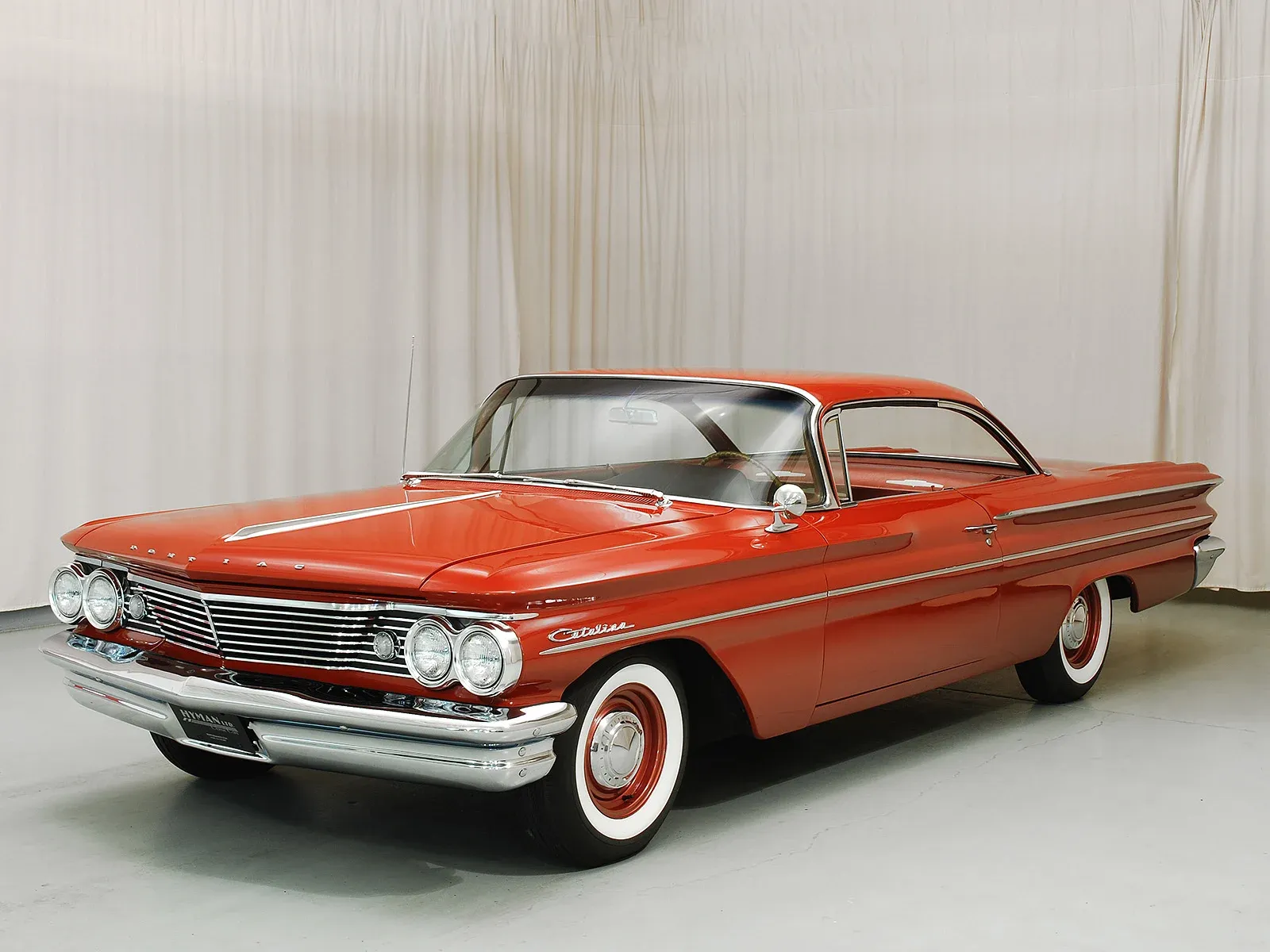
Generally speaking, 20th century American culture possessed a fascination with automobiles. Everyone can name the great American car manufacturers: Ford, Chevy, Chrysler, to name a few. Cars became an essential part of American life. Car shows and racing, the largest being NASCAR, have also had a lasting impact on American culture. America is a physically huge nation, and as a result its citizens need speedy transportation. As railroads increasingly moved away from private transportation and towards freight shipping, automobiles were the next best option; a source of transportation which promises freedom of movement as opposed to the railroaded nature of trains. Going on “the road trip” is emblematic of this American character and as a symbol of freedom and the means of exploring the wider world.
And as a result of these factors, American cars were second to none. Large, flashy, a status symbol of a man who has made it, every man desired a pontiac to go along with their white picket fence and family of four. But when was the last time you actually saw the classic Americana cars? Perhaps a classic auto show? The facebook marketplace for an exuberant amount of money? President Trump once asked a question similar to these in his 2016 presidential campaign; when was the last time you saw a Chevrolet in Tokyo?
As it turns out, there was a clear and deliberate effort to move away from the large bodied, chrome detailed, luxurious designs of the Golden Era and towards something more economical and environmentally friendly. Non-governmental organizations specializing in the global economy and its effects on the environment, such as the Club of Rome, were lobbying for regulations on emissions and fuel efficiency regarding energy. In particular, the Club’s 1972 “The Limits to Growth” report put forth the hypothesis that global resources will become exhausted as the population increases exponentially, and the means of satisfying this population’s needs can only move linearly, leading towards a global catastrophe when the Earth’s resources are exhausted and overpopulation sets in. This of course applies to oil reserves, and the Club of Rome recommended in this report that governments begin the transition to environmentally friendly and sustainable forms of energy. But who would be willing to give up their luxurious Pontiacs and Corvettes?
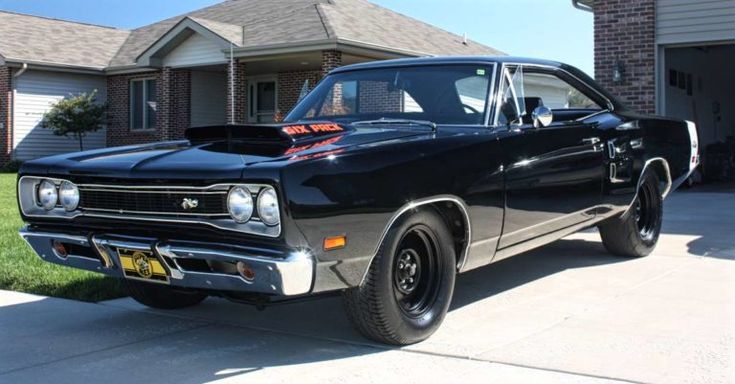
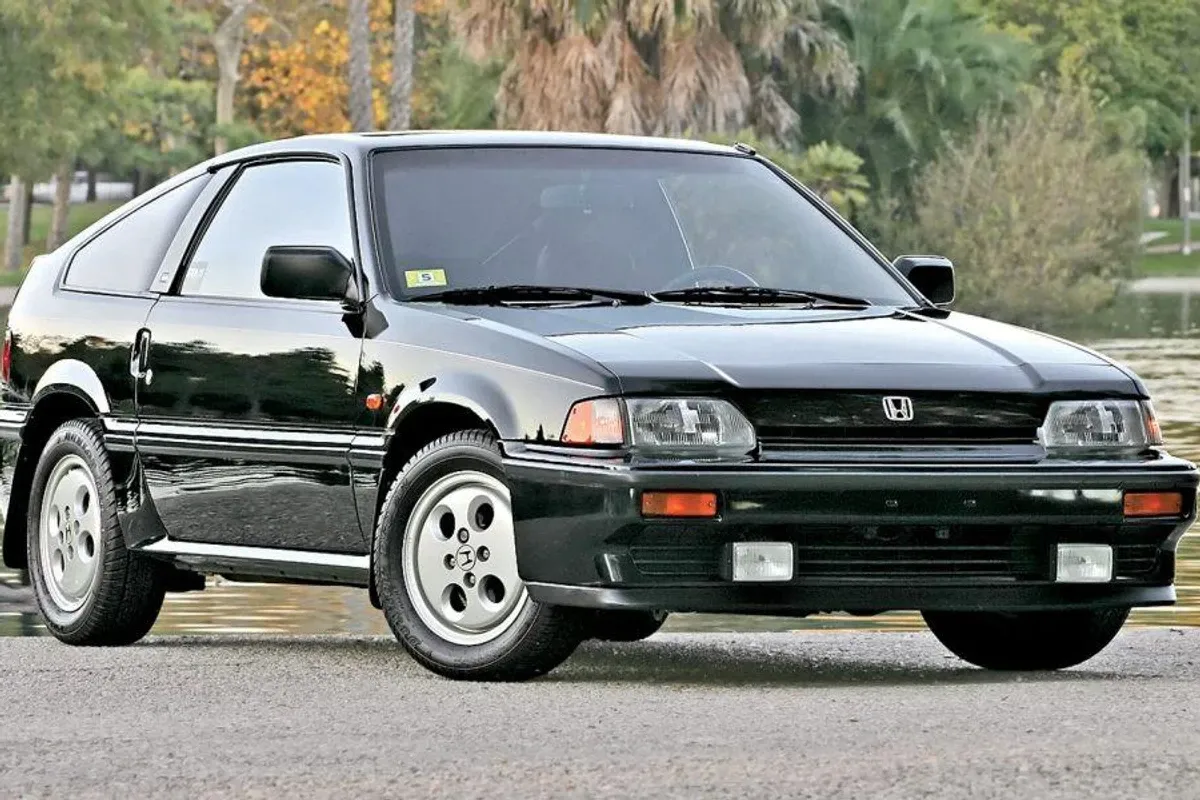
The 1973 Oil Crisis became the force which initiated this transition. This Oil Crisis was the result of the United States’ stalwart defense of Israel during the Yom Kippur War. This was the renewal of warfare between the Arabs and Jews, which had been ongoing since Israel’s inception. Specifically, this was the attempt by Anwar Sadat to regain the Sinai Peninsula and Hafiz al-Assad to regain the Golan Heights in Syria, both of which had been annexed by Israel following the 1967 Six Day War. As the United States had backed Israel with military, financial, as well as diplomatic support, the Arab exporters of oil, all enemies of Israel at the time (at least on a surface level), began an oil embargo upon the United States for its actions. As a result, the price per barrel of oil rose sharply from $3 to $12 within a few months.
With this crisis at hand, the government began to legislate significant restrictions upon automotive manufacturers. One of the most impactful was the 1975 Energy Policy and Conservation Act (EPCA), which created the Corporate Average Fuel Economy (CAFE) restrictions. These restrictions forced manufactures to guarantee an average miles per gallon on their fleet of vehicles in any given year. At the time, the lowest average MPG for a manufacturer's vehicles was 18 gallons. The number has risen steadily to today, where it sits around 39 gallons.
New designs on American vehicles did not come immediately, and those that did were notoriously underdeveloped and problematic, the Ford Pinto being chief amongst them. It took several years for American auto manufacturers to catch up in terms of abiding by these new regulations, and as such fuel efficient vehicles from Japan began to dominate the American market. Japan’s automotive industry was renowned for its emphasis on smaller, fuel efficient vehicles, thus being the automotive answer to America’s energy crisis. The lack of any significant tariff or limit upon Japanese imports meant their share of the US market rose steadily throughout the 70’s and 80’s, plateauing at roughly a third of the total market. American manufacturers simultaneously began to design their cars off the fuel efficient Japanese ones, in the process losing their historically American aesthetic. The Ford Fiesta, Chrysler Omni, and Chevy Citation are all good examples of this trend.
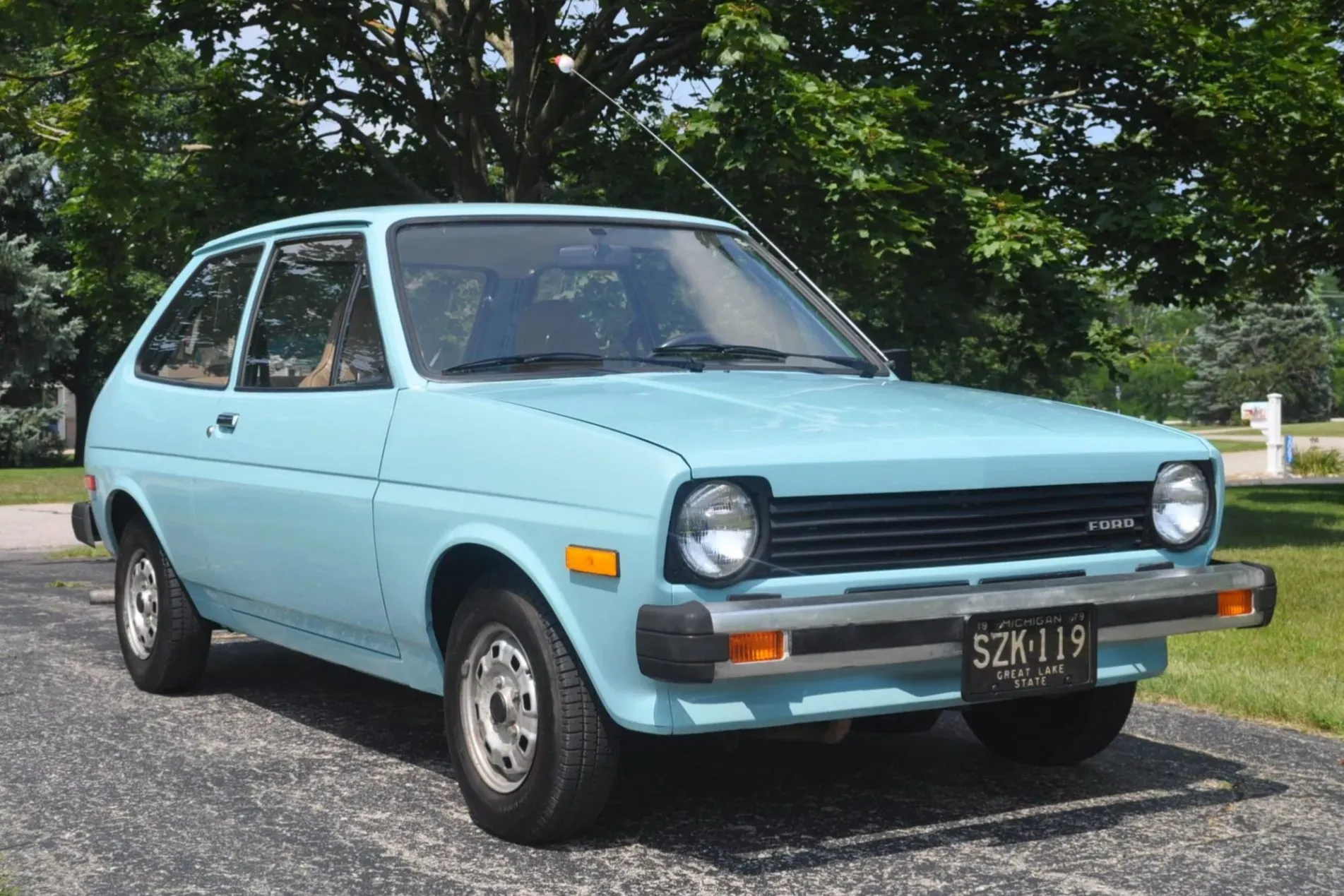
The Second Oil Crisis struck in 1979. Whilst it was not the transformative event for the auto industry that the first one was, it again reinforced the need for small, economical cars, and was the final nail in the coffin for those who believed a return to the Golden Era vehicles was still possible. Fuel regulations became stricter, Japanese imports became more popular, and major American manufacturing companies began to strike deals and increased cooperation with the major Japanese companies. Chevy began to work with Toyota, Ford with Mazda, and Chrysler with Mitsubishi. These deals brought over Japanese manufacturing plants, meaning an increase in interdependence between the two countries, a thorn in the side of those who would wish to raise tariffs or prices of Japanese goods in America. Of course, the Japanese did in fact maintain tariffs and import quotas on American vehicles coming into Japan, creating a balance of trade favorable to the Japanese. The Japanese began to dominate American markets so heavily at this time that export quotas were introduced as a way to maintain profits. Additionally, the major Japanese companies began to produce luxury vehicles, much more expensive than their mainline brands, which they sold en masse in the US. Toyota, Honda, and Nissan created Lexus, Acura, and Infiniti for this purpose respectively.
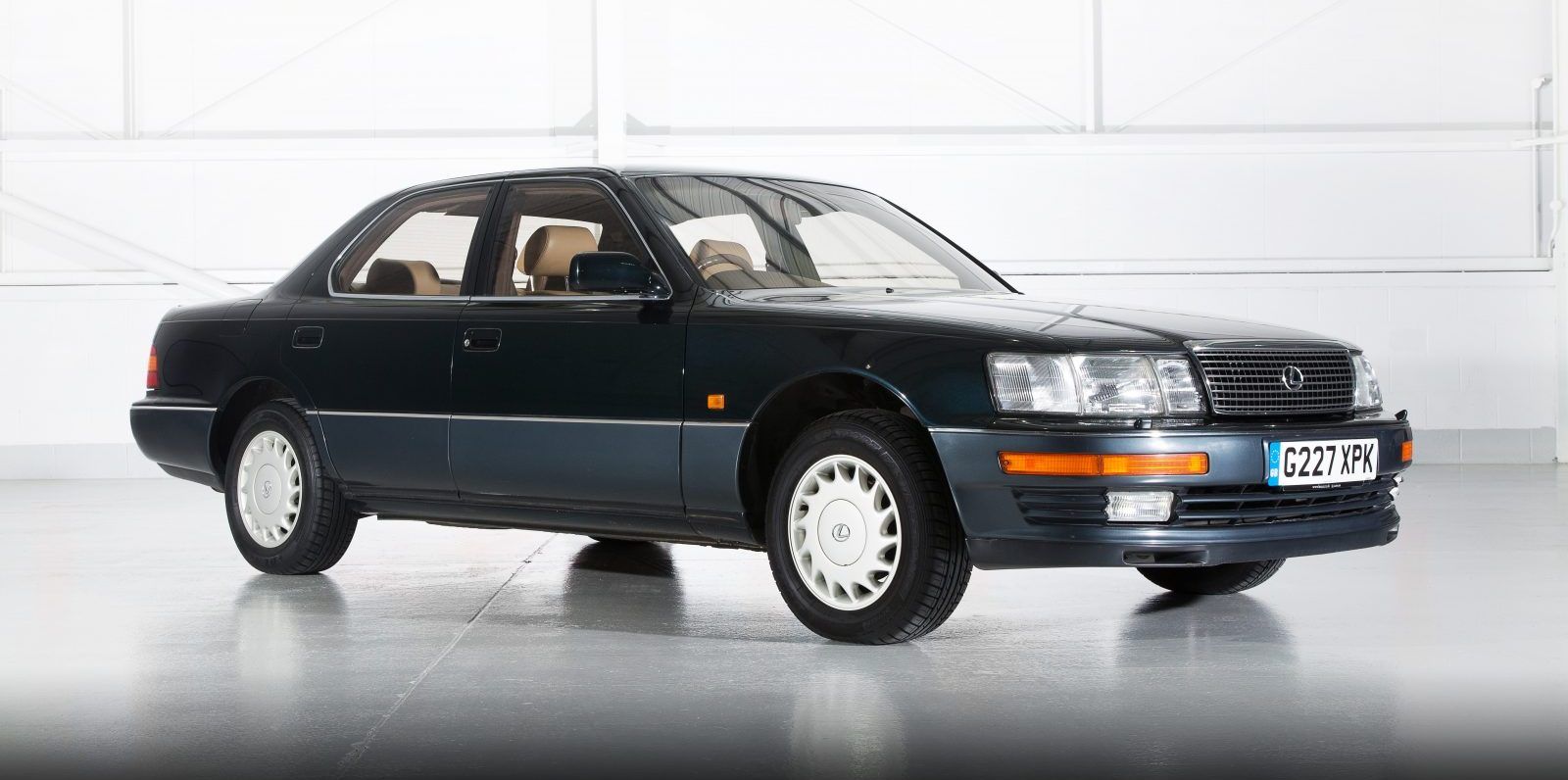
Although the lack of tariffs or import quotas made the prospect of cheap Japanese vehicles tempting for American consumers to buy, the general loss of wealth during this time period factored into their preferences as well. The stagnation of wages and inflation of the currency meant wages were not increasing proportionate to the value of currency, eroding consumer purchasing power. Interest rates were raised during the time as a result of the economic crisis, leaving Americans with less discretionary money in their pockets. A recession in the mid 1970’s only exacerbated these trends, which had been ongoing since 1973. A decline in manufacturing and American offshoring to countries whose labor markets were much cheaper meant an increase of unemployment which left Americans poorer than before. After all, a man cannot purchase cheap foreign goods at all if he has no means of making the money with which to buy them. These factors, all a result of economic mismanagement, meant Americans had virtually no other choice but to begin the switch to Japanese vehicles.
Some of these trends began to heal with the election of Reagan in 1980, however the lasting damage had largely been done. The aforementioned Japanese export limitation was a negotiation between the Reagan administration and Japan. Whilst not performing the duty of a tariff in raising prices on Japanese cars, it at least set a limit upon how much of these cars could be exported to America. The general loss in wealth in America was gradually amended during this era, however as stated previously this did not shift the preference of auto manufacturers back to pre-Malaise Era standards or designs, meaning the small, Japanese-esque vehicles became a mainstay. As the industry became slightly less regulated as a result of Reagan's free market, anti-regulatory approach to the economy, muscle cars of the late 1980’s were as much of a throwback to the Golden Era of automobiles as would happen. Even these muscle cars would be outcompeted by the smaller vehicles eventually, however fun and exciting they were.
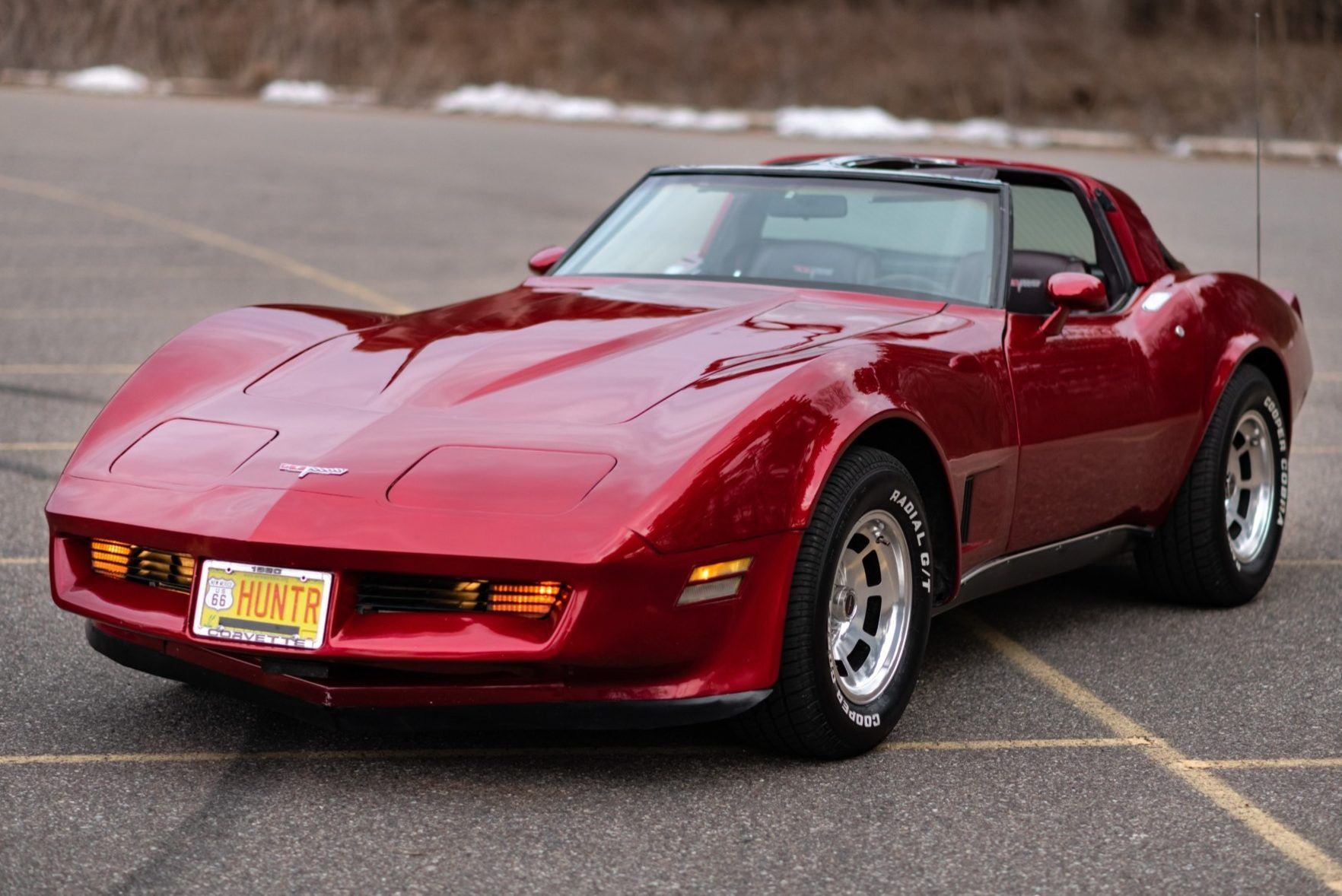
A general mismanagement of the American state of affairs led to the death of its homegrown designs and auto manufacturing industry. America’s zealous support for the Zionist cause in the Yom-Kippur War and simultaneous dependence on foreign oil sent us into the catastrophic Oil Crisis. Environmental regulations, the result of international Ricardo-Malthusian doomsaying, combined with a lack of fuel efficient vehicles led to the mass importation of Japanese vehicles, which soon came to crowd out and dominate the American market. The loss of manufacturing jobs, runaway stagflation and high interest rates meant Americans could no longer afford the luxurious vehicles of the past even if they wanted to, and the offshoring of manufacturing plants to foreign soil and intertwining much of the remaining ones with Japanese companies meant the American auto industry became the junior partner of international businessmen and corporations.
Perhaps if American statesmen at the time heeded the advice of George Washington to pursue our national interests abroad, chief amongst them maintaining our national independence through a fluid, pragmatic foreign policy, we could have sidestepped the Oil Crisis and simultaneously developed our own energy independence. Perhaps if American economists at the time heeded the advice of Alexander Hamilton regarding the continued protection of American industries through strong tariffs, the American automobile companies would have continued to dominate American markets and had developed at their own pace and retained their luxurious Americana aesthetic, even if reforms in efficiency would have been necessary.
If there is to be any hope of revitalizing this industry, several significant steps must be taken in order to do so. First, the government must place high tariffs on Japanese imports. It must then also entice, coerce and/or incentivize American manufacturers to re-transplant their offshored manufacturing plants back to American soil, ensuring America regains its ability to manufacture its own vehicles. A loosening of regulations upon auto manufacturers would allow them the necessary room to innovate and revitalize older, costlier yet much beloved car designs. A combination of these policies could then allow American manufacturers to produce Corvettes, Mustangs, and Pontiacs in their most beloved, luxurious styles. America must then achieve energy independence, likely through an increase in drilling in Alaska and further development of fracking technologies, as well as research and development about what the next efficient source of fuel will be that is not beholden to the blowing of the wind or the shining of the sun. Additionally, diplomatic efforts should be undertaken in Japan for a reduction in tariffs and import quotas on American cars as an effort to tip the balance of trade between our two nations in our favor, ensuring our exporters have access to a vibrant and developed market. Unless and until these measures are taken, the American automotive industry will continue to struggle against its foreign competition, leaving Americans without part of the prosperity their relatives and ancestors enjoyed.